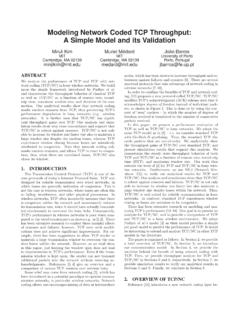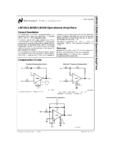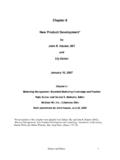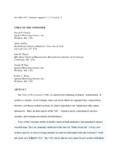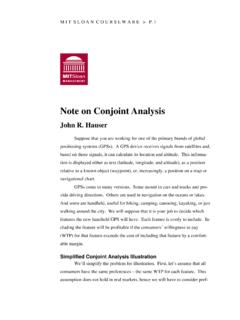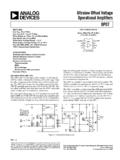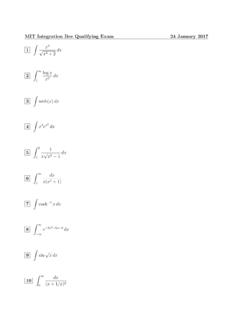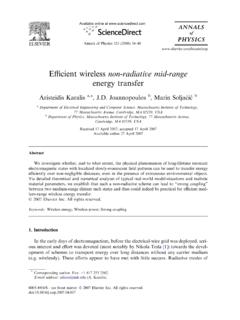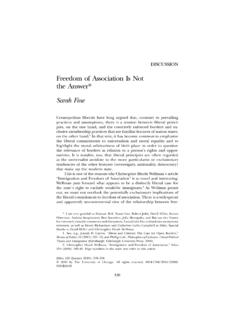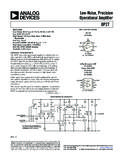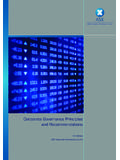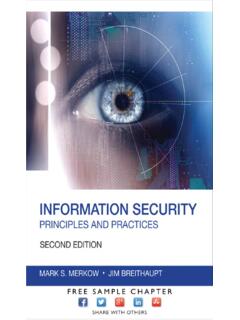Transcription of Principles of Digital Communication
1 Principles of Digital Communication Robert G. Gallager August 28, 2007. ii Preface: introduction and objectives The Digital Communication industry is an enormous and rapidly growing industry, roughly com- parable in size to the computer industry. The objective of this text is to study those aspects of Digital Communication systems that are unique to those systems. That is, rather than focus- ing on hardware and software for these systems, which is much like hardware and software for many other kinds of systems, we focus on the fundamental system aspects of modern Digital Communication .
2 Digital Communication is a eld in which theoretical ideas have had an unusually powerful impact on system design and practice. The basis of the theory was developed in 1948 by Claude Shannon, and is called information theory. For the rst 25 years or so of its existence, information theory served as a rich source of academic research problems and as a tantalizing suggestion that Communication systems could be made more e cient and more reliable by using these approaches. Other than small experiments and a few highly specialized military systems, the theory had little interaction with practice.
3 By the mid 1970's, however, mainstream systems using information theoretic ideas began to be widely implemented. The rst reason for this was the increasing number of engineers who understood both information theory and Communication system practice. The second reason was that the low cost and increasing processing power of Digital hardware made it possible to implement the sophisticated algorithms suggested by information theory. The third reason was that the increasing complexity of Communication systems required the architectural Principles of information theory.
4 The theoretical Principles here fall roughly into two categories - the rst provide analytical tools for determining the performance of particular systems, and the second put fundamental limits on the performance of any system. Much of the rst category can be understood by engineering un- dergraduates, while the second category is distinctly graduate in nature. It is not that graduate students know so much more than undergraduates, but rather that undergraduate engineering students are trained to master enormous amounts of detail and to master the equations that deal with that detail.
5 They are not used to the patience and deep thinking required to understand abstract performance limits. This patience comes later with thesis research. My original purpose was to write an undergraduate text on Digital Communication , but experi- ence teaching this material over a number of years convinced me that I could not write an honest exposition of Principles , including both what is possible and what is not possible, without losing most undergraduates. There are many excellent undergraduate texts on Digital Communication describing a wide variety of systems, and I didn't see the need for another.
6 Thus this text is now aimed at graduate students, but accessible to patient undergraduates. The relationship between theory, problem sets, and engineering/design in an academic subject is rather complex. The theory deals with relationships and analysis for models of real systems. A. good theory (and information theory is one of the best) allows for simple analysis of simpli ed models. It also provides structural Principles that allow insights from these simple models to be applied to more complex and realistic models. Problem sets provide students with an opportunity to analyze these highly simpli ed models, and, with patience, to start to understand the general Principles .
7 Engineering deals with making the approximations and judgment calls to create simple models that focus on the critical elements of a situation, and from there to design workable systems. The important point here is that engineering (at this level) cannot really be separated from the- ory. Engineering is necessary to choose appropriate theoretical models, and theory is necessary iii to nd the general properties of those models. To oversimplify it, engineering determines what the reality is and theory determines the consequences and structure of that reality.
8 At a deeper level, however, the engineering perception of reality heavily depends on the perceived structure (all of us carry oversimpli ed models around in our heads). Similarly, the structures created by theory depend on engineering common sense to focus on important issues. Engineering some- times becomes overly concerned with detail, and theory overly concerned with mathematical niceties, but we shall try to avoid both these excesses here. Each topic in the text is introduced with highly oversimpli ed toy models. The results about these toy models are then related to actual Communication systems and this is used to generalize the models.
9 We then iterate back and forth between analysis of models and creation of models. Understanding the performance limits on classes of models is essential in this process. There are many exercises designed to help understand each topic. Some give examples showing how an analysis breaks down if the restrictions are violated. Since analysis always treats models rather than reality, these examples build insight into how the results about models apply to real systems. Other exercises apply the text results to very simple cases and others generalize the results to more complex systems.
10 Yet others explore the sense in which theoretical models apply to particular practical problems. It is important to understand that the purpose of the exercises is not so much to get the answer'. as to acquire understanding. Thus students using this text will learn much more if they discuss the exercises with others and think about what they have learned after completing the exercise. The point is not to manipulate equations (which computers can now do better than students). but rather to understand the equations (which computers can not do).
